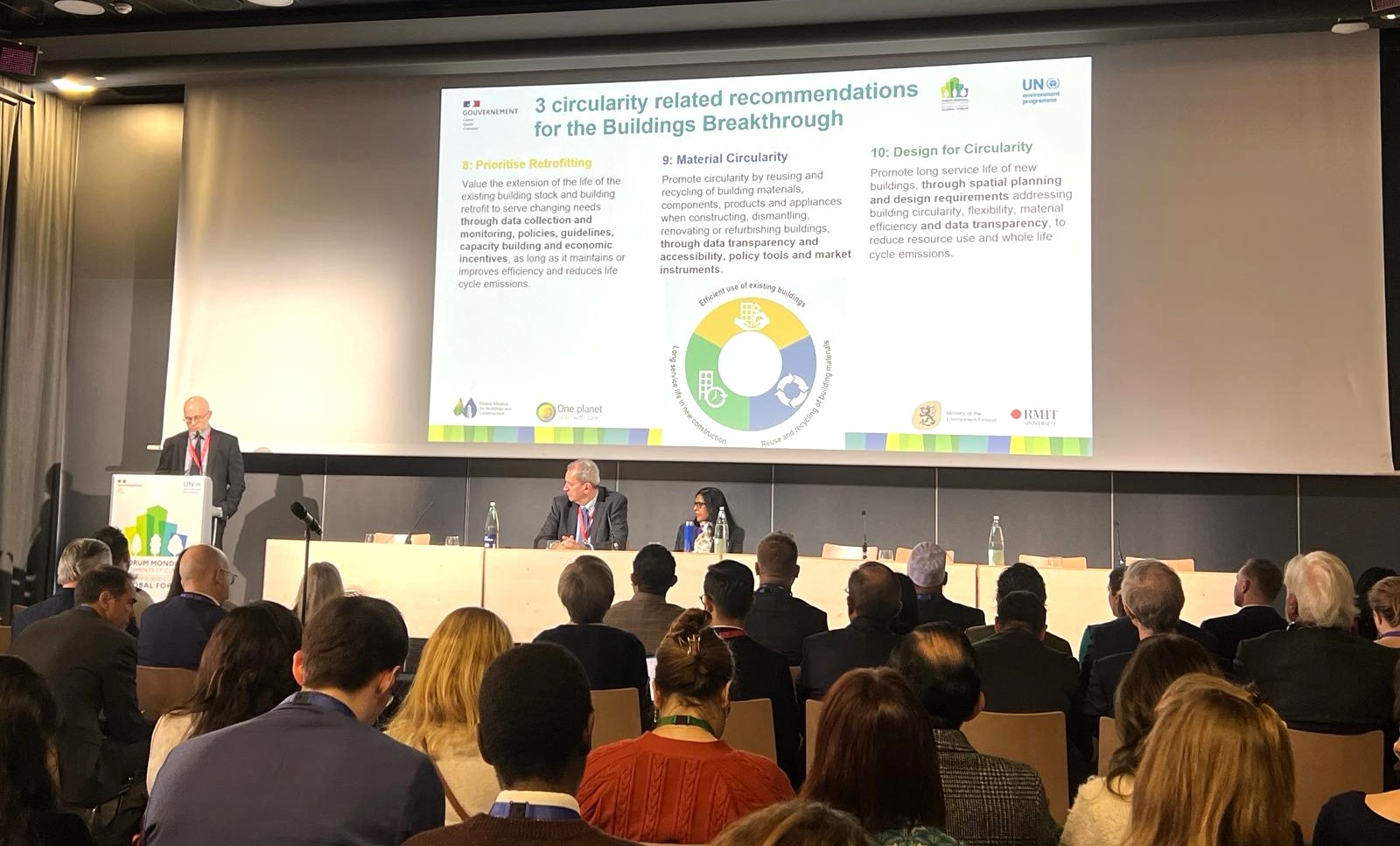AI4Cities selects seven AI-based prototypes accelerating carbon neutrality to be tested in six European cities
Seven artificial intelligence-based prototypes accelerating carbon neutrality have been selected by the EU-funded Pre-Commercial Procurement (PCP) project AI4Cities to be tested in six European cities.
Four of the pilots are using AI-based technologies to make cities’ energy domains more sustainable and will be piloted in Amsterdam, Copenhagen, Helsinki, Paris Region and Stavanger. While the other three focus on reducing CO2 emissions in the mobility domain. These will be tested in five of the same cities, with only Tallinn replacing Copenhagen.
The four solutions selected in AI4Cities Energy Lot are:
- Holoni, developed by a consortium of Alphaventuri (Norway) and Energynet (Denmark);
- SPIKE, developed by Enerbrain (Italy);
- BEE, developed by a consortium of Eeneman (Finland), Unetiq (Germany) and Metropolia University of Applied Sciences (Finland), and
- C-In.City, developed by an all-French consortium of Kayrros, La Javaness, and Nexqt.
- Avenue, developed by a consortium of Nommon and Populus (both from Spain);
- MPAT tool, developed by a consortium of Vianova (France) and Rebel Ticketing (The Netherlands), and
- Ix3, developed by a consortium of MarshallAi and Dynniq (both from Finland).
AI4Cities has reserved a total of 1.45 million euro for the consortia to do their pilots.
Kaisa Sibelius, co-ordinator of the project at Forum Virium Helsinki, is highly satisfied with the quality of the selected companies. “In the previous phase of the project, we had selected 20 suppliers to develop a prototype. Choosing the seven best ones that would go on to test the prototypes was not an easy task. The solutions were all highly diverse, innovative and efficient at reducing CO2 emissions. What makes the selected solutions slightly better is that they also have a great potential for replicability and scalability. They address gaps in some of the fastest growing markets in Europe and beyond. This was very important to us, as we want these solutions to be implemented beyond our project cities.”
Energy solutions
Holoni leverages AI beyond the prediction of solar production and predicts how much solar surplus can be generated from positive energy buildings. It also powers up a digital exchange by using IOTA, the next generation of green, fast, feeless and scalable blockchain, currently a candidate to equip European public smart service infrastructure. Energinet’s ORIGIN, now called Energy Track & Trace, is integrated to verify the origin of energy, hour by hour, anticipating the shift towards more granular certificates of origin
Enerbrain’s SPIKE is an all-in-one, cloud-based software/hardware platform supporting data exchange with proprietary IoT-enabled devices and communication with other IoT devices/platforms, knowledge extraction for situation-aware user interaction and engagement and building performance assessment. In addition it provides dedicated energy management services capable of innovative and effective optimisation of energy efficiency and flexibility in commercial, service and residential buildings.
The BEE (Building Energy Efficiency) solution combines several of the latest technologies to connect buildings with the energy grid and their environment and to optimise their overall emissions impact. Leveraging Platform-of-Trust – a common interface into different building management systems – ensures easy integration into as many different building types as possible. The AI engine uses the latest Deep Learning algorithms to predict the utilisation of the building for the next day.
C-in.City provides cities with near real-time carbon emission monitoring. It empowers citizens by providing them with near real-time transparent information on how they can reduce their emissions, which also enables policy makers to design the most effective and actionable policy options, ranging from behavioural changes to technical investments, with more citizen buy-in. Finally, the solution also allows local SMEs to identify and rank cost-effective greenhouse gas (GHG) mitigation opportunities, and to offer localised insights to boost climate investments.
Mobility solutions
AVENUE is an innovative solution aiming to predict the impact of shared mobility services on urban transport GHG emissions. Avenue puts the data it receives into an AI-based analytical engine that enables demand monitoring and, based on it, it creates demand prediction models and GHG emission models, which could then be used for policy optimisation. Based on these policy adjustments, new demand prediction models are created, giving city planners a good overview of the impact of their policy actions.
The MPAT tool (Mobility Policy Auto Tuner) is an engine to optimise the CO2 emission-reduction potential of city mobility policies, with a focus on shared micro-mobility. By understanding the geographies where a trip on an electric-powered shared bicycle, scooter or moped is most likely to create an emissions saving, the tool is able to make recommendations for areas to implement new policies (e.g. subsidies on rides, or removals of fleet caps). The impact of these policies can then be monitored with a specific view on CO2 emissions savings.
The Ix3 solution works by taking information from traffic cameras and from other traffic sources and then integrating it into the city’s traffic light system. Using deep learning-based artificial intelligence and visual sensing, the system drastically reduces the amount of sensors needed, and increases the amount of relevant data, leading to increased traffic fluency and a decrease of unnecessary stops and waiting. MarshallAi and Dynniq ensure that their system only identifies that an object is approaching a certain intersection, without giving an identity to that object.

